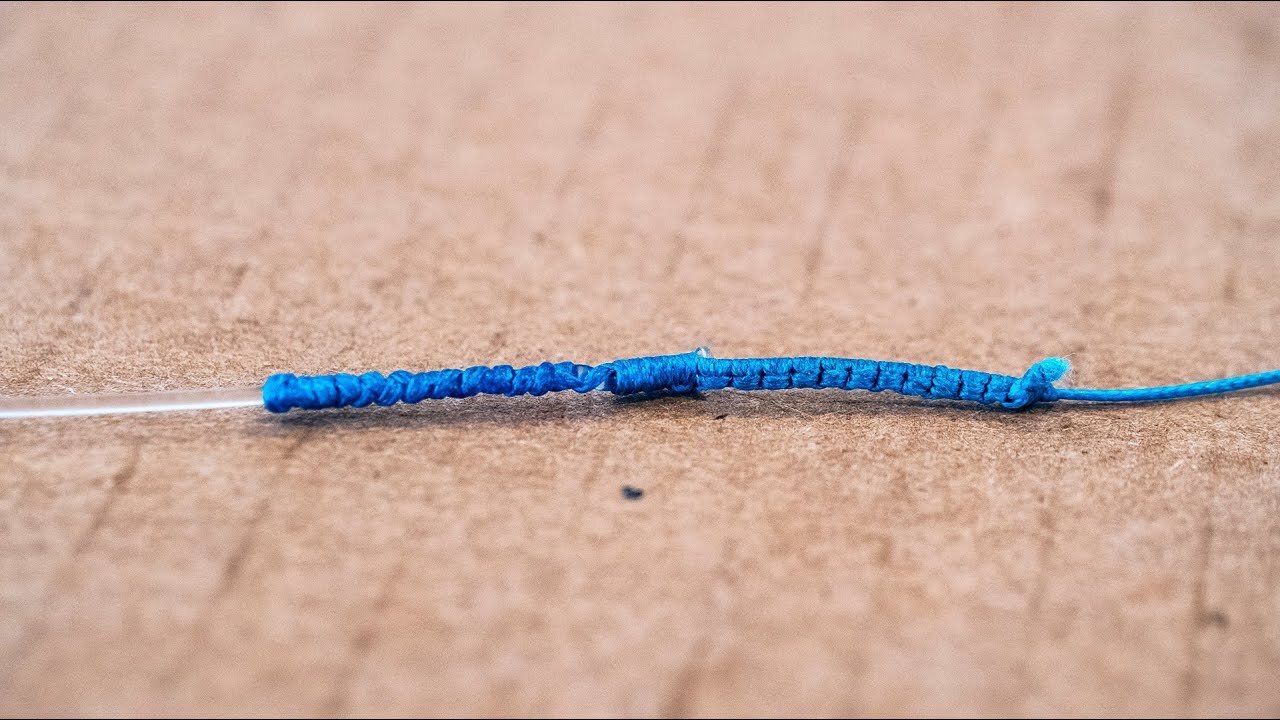How to Tie a Simplified FG Knot
One of the benefits of working from home during the pandemic era is that it gave me time to work on my FG Knot. Every day I participate in multiple conference calls, some of which require my constant input, and others which just require me to listen. On the latter variety, I’ve determined that I can “walk and chew gum at the same time” – paying attention to others while also working on my knots. In fact, in situations where I don’t need to take notes it may actually be better because it leaves my brain free to internalize information rather than clicking through emails or reviewing other projects.
Why was it so important to learn the FG Knot?
OK, I’ll say it: while fluorocarbon clearly has advantages in terms of low-stretch, low-visibility and high abrasion resistance, many variations of the line can be virtually unmanageable. It has memory and if not spooled and tied perfectly all of those advantages may be reduced. Accordingly, braid-to-fluoro combinations have become widely used, especially for spinning techniques. You can dropshot with a main line of 10- or 15-pound braid and a relatively short leader of 6- to 10-pound fluoro and maintain or even enhance the benefits provided by both lines. Additionally, because the braid seemingly lasts forever, you can leave it on your reel and replace only a short section of fluoro each trip, saving money. Furthermore, the braid’s high visibility allows me to see strikes by watching my line that might go unnoticed if using straight fluoro or straight mono. After implementing the knot for many of my spinning applications, I realized that it had value in heavy line situations, too—like flipping when bass are line shy, or on the pitching rod that I use for Senkos almost every time out. The two-line approach only had value, though, if I was confident that the knot would get through the guides cleanly and hold up to the stress of a monster hookset. I’d tried the Double Uni and “Crazy Alberto” knots previously with some satisfaction, but the promise of a connection that is stronger and gets through guides easier was too much to pass up.
Why could I only practice the FG Knot when I wouldn’t have to speak?
As I learned by watching many instructional videos and reading extensively about the FG Knot, the best way to tie it involves putting the tag end of your braid in your mouth and holding it firmly between your teeth. I keep the prior knot there or tie something rudimentary to hold it in place. It’s imperative to maintain tension on the line to get the loops to seat down properly. That’s why I had to be sure that I wouldn’t have to speak and that both hands would be free to work. The most frustrating part of the whole deal is when I’d be in the midst of a perfect FG Knot and suddenly I’d need to jot something down or drop the connection out of my mouth to make a comment to my co-workers.
Visually Learning the FG Knot
You can read about it all you want, but until you actually see someone do it and then work to develop the muscle memory, tying any knot is just a hypothetical exercise. Like riding a bike, swimming or certain NSFW activities, you actually have to be in on the act to know that you can do it well. Fortunately, because it’s relatively complicated and because we live in an information age, there are no shortage or resources aimed at helping you get better. The videos that worked for me might not work for you. If that’s the case, and you’re dedicated to learning this knot (or any knot, for that matter), try another one until you find an option that speaks to you. Some of the best ones that I found included:
Seth Feider’s “FG 2.0” Video for Wired2Fish
Captain Jack Sprengel’s “Modified FG Knot”
The Zaldaingerous Strategy for Tying the FG Knot in Rough Water
Cart Before the Horse
Before I really got into the process of working diligently on my FG Knot, I explored all sorts of knot-tying and knot-tightening tools. Some of them may still prove valuable, but I wanted to get the basics down by hand—understanding why and how the knot works—before I worried about any flourishes. Early this spring a friend surprised me by sending a Daiichi Seiko Knot Assist 2.0 tool, and while I’ve messed around with it some, and admit that it might tie a cleaner knot than I can by hand, I’ve actually found it more difficult to use than just employing the techniques used in the videos above.
Have I perfected the FG Knot? Definitely not. I’d say that only 75% of my attempts are good enough to fish with, and only half of those are as clean as the ones that the pros tie. It’s gotten to the point, though, where I have enough confidence to start over again, and not to settle for a knot in which I don’t have a meaningful level of confidence. That’s a step in the right direction, and I still continue to practice as my conference call schedule allows.









